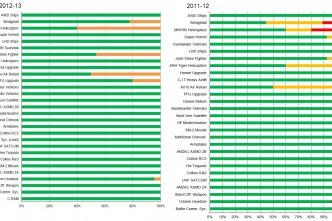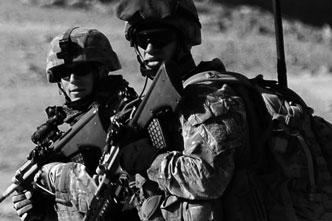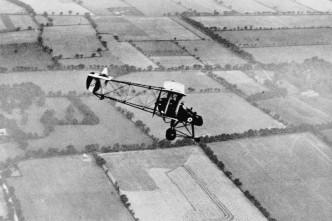It’s the time of year when lazy editors dig through already published material it’s worth taking a breath and reflecting on what’s passed through our pages over the course of the year. I thought about …
Yesterday saw the launch of the ANAO’s 2012–13 Major Projects Report, which takes an auditor’s eye view of the biggest and most complex defence projects. This year it analyses 29 projects—more than previous, and making …
Over the past couple of days, I joined a couple of my ASPI colleagues at a second track ‘Quad plus’ dialogue convened in Canberra by the Washington-based Heritage Foundation. (A second track dialogue involves academics …
As the new Defence Minister and his team contemplate the task in front of them, we thought it might be worth dipping into the ASPI archives for useful tips. Back in 2011 we published a …
In last week’s post we presented a potted summary of two of the four main areas of difficulty within the Defence capability development process identified by the Australian National Audit Office (ANAO). Today we’ll finish …
Although it went largely unnoticed, at the end of October the Australian National Audit Office (ANAO) released its performance audit of Capability Development Reform in Defence. It has all the weaknesses, strengths and charm we’ve …
Once again the pages of The Strategist are filled with a vigorous discussion of the future shape of Australia’s amphibious capability. It’s a debate well worth having, because the decisions that are made will potentially …
I’ve just got back from the Korber Foundation’s 154th Bergedorf roundtable in Jakarta. They set me the easy task of describing Asia’s five most significant military developments, along with their drivers and the confidence-building measures …
What it means to be part of the Anglosphere (or, more precisely, what it means to be outside the Anglosphere) has apparently become very clear in the last week, following the revelation of America spying …
Arsenals of Folly: the making of the nuclear arms race (2007) and The Making of the Atomic Bomb (1986), by Richard Rhodes. Tomorrow ASPI will publish a short paper by Professor Paul Dibb which describes …
After last week’s post on Lanchester equations and the applications of mathematics to warfare, I was asked several questions by interested readers. Is there a version of this analysis for counter-insurgency (COIN)? How useful are …
In 1916, English mathematician (and poet, singer, pioneer aerodynamicist and designer of combustion engines) Frederick Lanchester turned his mind to the subject of aerial warfare. In particular, he realised that the nature of war in …










